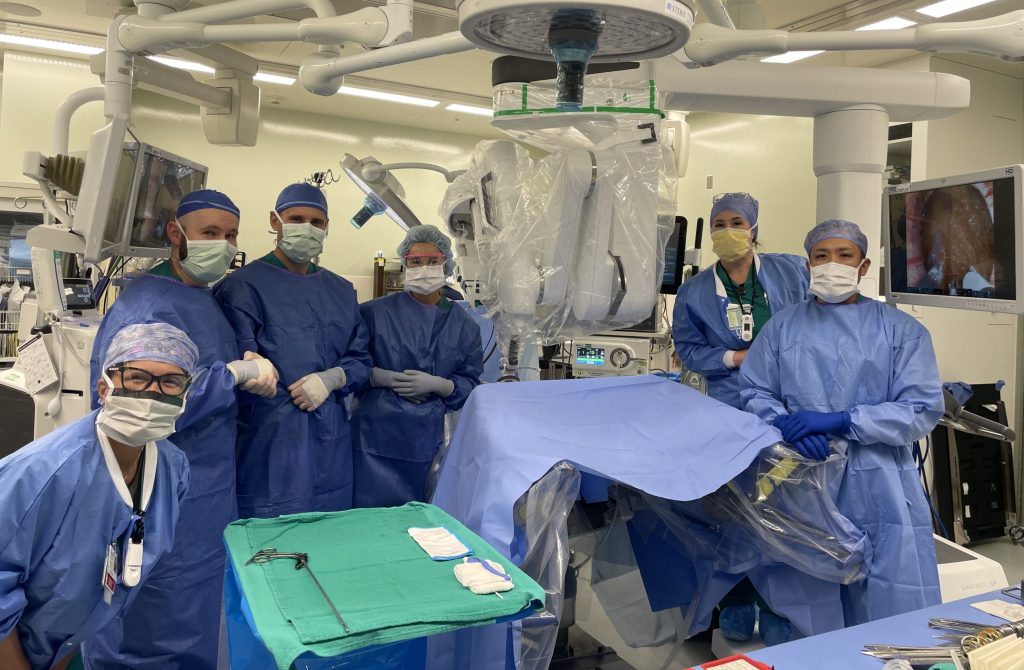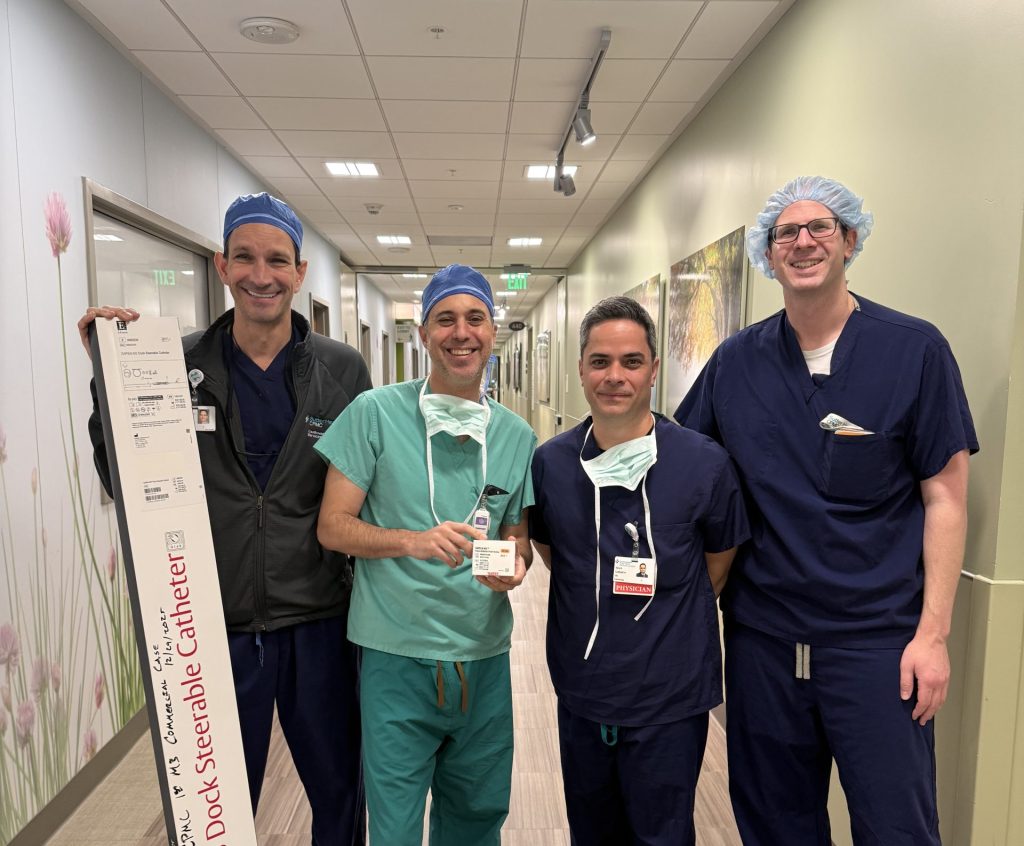By Dr. Antoinette Rose and Emma Dugas, Vitals contributors
“Artificial intelligence and machine learning are changing healthcare,” says Dr. Wendi Knapp, a hospitalist with the Palo Alto Medical Foundation in Santa Cruz, Calif. “With these tools we can turn unstructured notes, lab results and even images into actionable data for physicians and better results for patients.”
As a medical doctor and data scientist – yes, she has degrees in both – Dr. Knapp recently had the opportunity to prove her claim. She led a multi-year project that helped doctors see an important measure of heart health more clearly and discovered that improvements over conventional charts could identify 43% more patients who suffer from heart failure.
“Heart failure was an obvious place to start because while the disease itself is immensely complex, it benefits from one common, universally used metric called the ejection fraction. If the number is low a person has heart failure, even if symptoms have yet to develop,” said Dr. Knapp. A measure of how well your heart pumps blood with each heartbeat, a patient’s ejection fraction number can inform diagnosis and treatment. However, the measurement is only useful if it’s easily accessible to a patient’s primary care provider.
“Ejection fraction, like lots of other important clinical information, can be buried in text notes, reports and scanned images — which aren’t recognized as ‘data’ by the electronic medical record,” says Dr. Knapp. “When this happens the EMR can’t gather that information into a list or display it in a graph, so it can be easy to miss.”
With help from a data science team inside Northern California’s Sutter Health network, Dr. Knapp created a special algorithm to help tackle the problem. The fix uses natural language processing and artificial intelligence to extract the ejection fraction from sentences and scans. The best part is that it’s automated.
“We wanted a doctor to be able to pull up a patient’s ejection fraction with one keystroke, so we knew the computer needed to read and display the information instantly. We also needed it to be accurate, so we spent a lot of time testing it.”
The first phase of validation testing found that the algorithm accurately read and displayed a patient’s ejection fraction 98.8% of the time. That figure is better than the benchmark of 97% accuracy that is accepted by most in the natural language processing community.
Second and third validation phases followed, and not only did the algorithm keep proving its accuracy, it identified more than 3,000 patients who all had a low ejection fraction number in their chart but had not been formally diagnosed with heart failure.
Dr. Knapp says this work can potentially save lives and help reduce costs thanks to earlier clinical interventions and fewer hospital readmissions among heart failure patients.
The success of this project is just the beginning. The data science team from Sutter has its sights on improving the care of patients who have any of the top 12 health diagnoses in the U.S., through better information technology.
“Medical decisions are driven by data, so it’s vital that clinicians have easy access to patient data,” says Dr. Knapp. “This work can help us care for patients more efficiently and precisely.”





